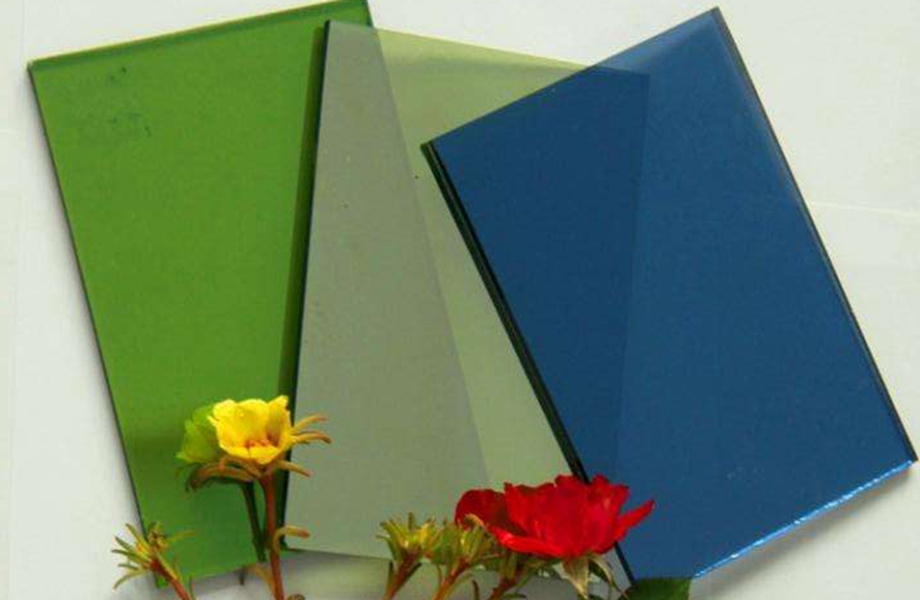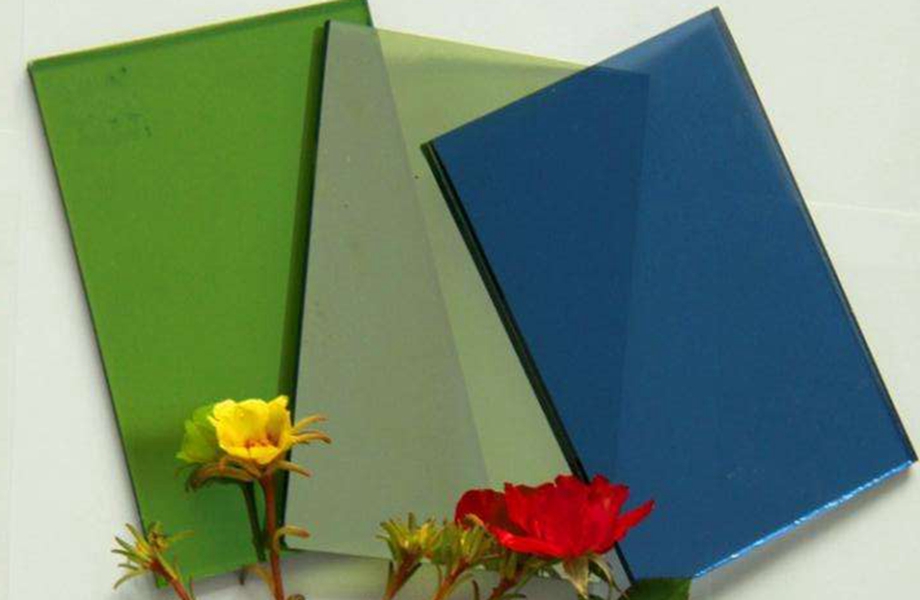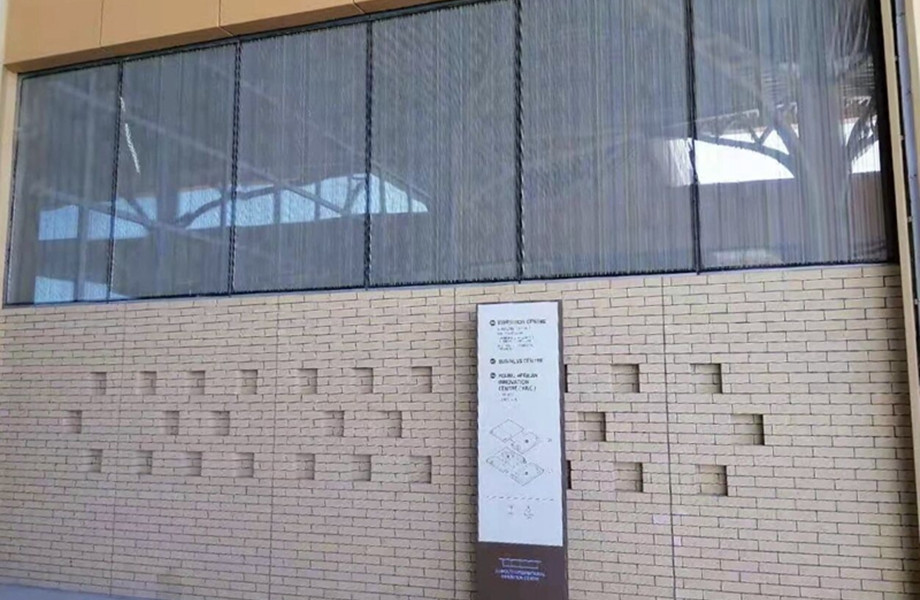Both Low-E (Low-Emissivity) glass and coated glass are coated with one or several layers of films containing special materials on ordinary glass. To change the optical properties of the glass to meet certain specific requirements.
Low-E glass is a kind of coated glass, which is a specially coated glass. It is coated with silver, while ordinary coated glass is coated with metal.

There are two main ways in which heat is conducted through glass:
Solar radiation heat energy
The glass absorbs the energy transfer of far-infrared radiation.
The The ideal heat insulation method for residential glass is that:
Reduce the energy transfer caused by solar radiation energy and far infrared radiation. In order to maximize the realization of energy saving, heat insulation and heat preservation functions.
.jpg)
Keeps visible light transmittance within a controlled range.
Both ordinary coated glass and Low-E glass have the effect of reducing solar radiation heat. Compared with ordinary coated glass, the silver-coated layer in Low-E glass can also greatly reduce the heat radiation energy brought by far infrared rays.
In summer, the outdoor temperature is higher than the indoor temperature, and the far-infrared heat radiation mainly comes from the outside. Low-E glass can reflect far-infrared rays to prevent heat from entering the room.
.jpg)
In winter, the indoor temperature is higher than the outdoor temperature, and the far-infrared heat radiation mainly comes from the room. Low-E glass can reflect it to ensure that the indoor heat does not leak out.
At the same time, the benefits of Low-E glass can also reduce the intensity of ultraviolet radiation. Keep indoor furniture from fading for a long time.
.jpg)
Although ordinary coated glass and Low-E glass seem indistinguishable to the naked eye, the energy-saving and heat-insulating properties of the two are very different. Low-E glass has now become the standard configuration of passive houses.



3840.jpg)
.jpg)
3506.png)
.jpg)


.jpg)
.jpg)
.png)
.png)
.png)
.jpg)
.jpg)